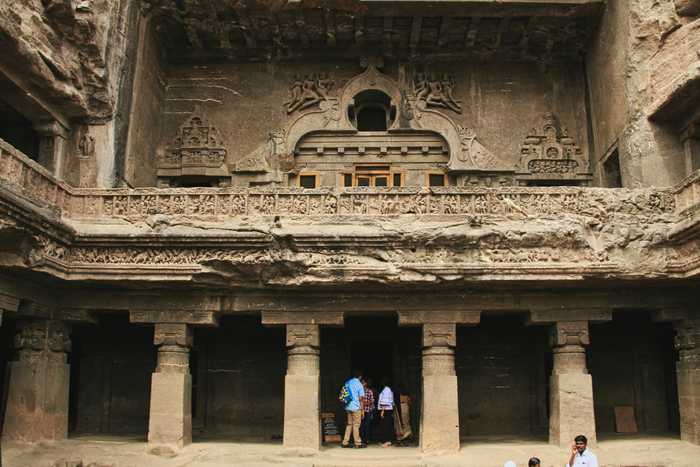Published 12:55 IST, January 31st 2024
The Ministry of Culture has announced that India's nomination for the UNESCO World Heritage List in the year 2024-25 will be the Maratha Military Landscapes.
Advertisement
UNESCO World Heritage Sites reflect the beauty, culture and historical significance of places that have led the world to be what it is today. The Ministry of Culture has announced that India's nomination for the UNESCO World Heritage List in the year 2024-25 will be the "Maratha Military Landscapes." The Maratha Military Landscapes includes a series of forts, citadels, and strategic military structures spread across different regions of India. The twelve components of this nomination are -- Salher Fort, Shivneri Fort, Lohgad, Khanderi Fort, Raigad, Rajgad, Pratapgad, Suvarnadurg, Panhala Fort, Vijay Durg, and Sindhudurg in Maharashtra, and Gingee Fort in Tamil Nadu.
While the country awaits the inclusion of the Maratha architectural marvel in the list, here are UNESCO World Heritage sites you can visit in India.
Advertisement
Taj Mahal, Agra
Undoubtedly one of the most iconic symbols of India, the Taj Mahal is a masterpiece of Mughal architecture. Commissioned by Emperor Shah Jahan in memory of his beloved wife Mumtaz Mahal, this white marble mausoleum is renowned for its intricate detailing, symmetrical gardens, and stunning reflection pools. The Taj Mahal stands as a testament to eternal love and has been a UNESCO World Heritage site since 1983.
-1706685527922.webp)
Fatehpur Sikri, Uttar Pradesh
A historical marvel, Fatehpur Sikri is a deserted city near Agra that served as the Mughal capital in the late 16th century. The site showcases a blend of Mughal and regional architectural styles, with impressive structures like the Buland Darwaza and the Jama Masjid. Recognised by UNESCO in 1986, Fatehpur Sikri offers a glimpse into India's imperial history.
Advertisement
Ajanta and Ellora Caves, Maharashtra
These rock-cut cave complexes, located near Aurangabad, showcase remarkable craftsmanship and artistic achievements from ancient India. Ajanta consists of Buddhist cave temples adorned with intricate paintings, while Ellora features Hindu, Jain, and Buddhist caves, including the awe-inspiring Kailasa Temple. Both sites collectively earned UNESCO recognition in 1983.

Red Fort, Delhi
The Red Fort, a symbol of India's sovereignty, has been a UNESCO World Heritage site since 2007. Constructed during the 17th century by Emperor Shah Jahan, the fort showcases Indo-Islamic, Timurid, and Persian architectural styles. The Diwan-i-Aam, Diwan-i-Khas, and the iconic Lahori Gate are among its notable structures.
Advertisement
Humayun’s Tomb, Delhi
This tomb, built in 1570, is of particular cultural significance as it was the first 'garden tomb' on the Indian subcontinent and led to the construction of many similar tombs later, adding massively to Indian architecture. Humayun’s Tomb was built in the 1560s, with the patronage of Humayun’s son, the great Emperor Akbar. It became a UNESCO Heritage Site in 1993.
12:55 IST, January 31st 2024